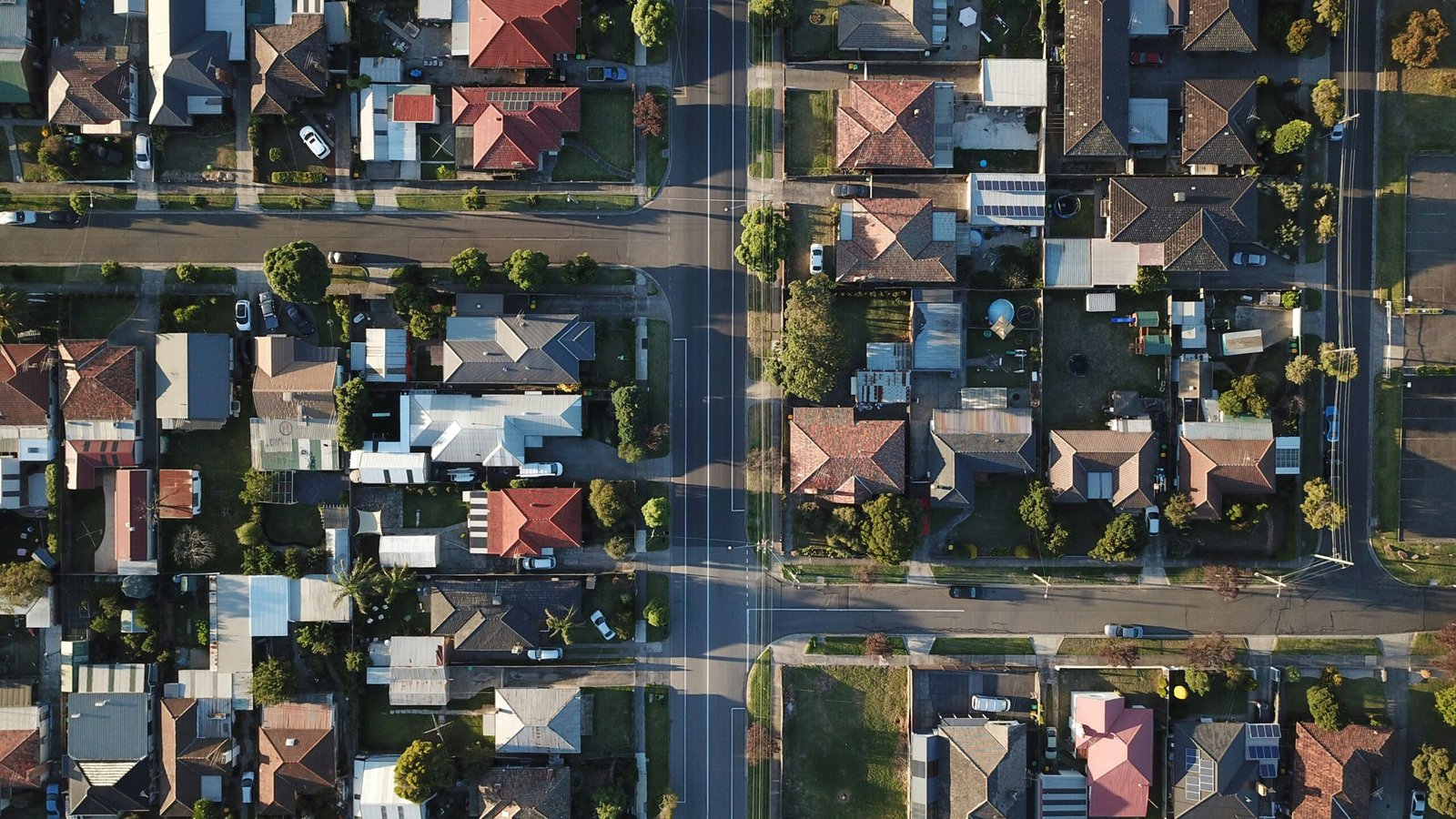Introduction
When it comes to our homes, safety should always be a top priority. Home accidents can happen to anyone, at any time, and can result in serious injuries or even fatalities. Fortunately, there are steps you can take to minimize the risk of home accidents and create a safer living environment for you and your family. In this blog post, we will explore some practical tips and strategies that can help you reduce the likelihood of accidents in your home.
1. Keep your home clean and organized Home Environment
A cluttered and messy home can increase the risk of Home Environment. Tripping over objects, slipping on spills, or knocking over unstable items can all lead to injuries. To minimize these risks, make sure to keep your home clean and organized:
- Regularly declutter and remove any unnecessary items from your living spaces.
- Store items in designated places and avoid leaving them on the floor or in high-traffic areas.
- Keep walkways clear of Home Environment obstacles and ensure that rugs and carpets are properly secured to prevent slipping.
- Wipe up spills immediately and keep floors dry.
2. Install and maintain smoke detectors
Smoke detectors are essential for early detection of fires and can save lives. Make sure to:
- Install smoke detectors on every level of your home, including inside each bedroom and outside sleeping areas.
- Test your smoke detectors regularly to ensure they are functioning properly.
- Replace batteries at least once a year or whenever the low-battery warning chirps.
- Replace smoke detectors every 10 years, or as recommended by the manufacturer.
3. Prevent falls with proper lighting
Insufficient lighting can increase the risk of falls, especially in areas like staircases, hallways, and entryways. To prevent falls:
- Ensure that all areas of your home are well-lit, especially high-traffic areas and staircases.
- Install nightlights in bedrooms, hallways, and bathrooms to provide visibility during nighttime.
- Consider using motion-sensor lights in areas that are frequently used.
- Replace burned-out light bulbs promptly.
4. Secure your home
Securing your home can help prevent accidents caused by burglaries or intruders. Here are some steps you can take:
- Install sturdy locks on all doors and windows.
- Consider installing security cameras or a home security system.
- Keep your home well-lit at night to Home Environment deter potential intruders.
- Do not advertise your absence when you are away from home for an extended period of time.
5. Childproof your home
If you have young children, it’s important to take extra precautions to ensure their safety. Childproofing your home can help Home Environment prevent accidents and injuries:
- Install safety gates at the top and bottom of stairs to prevent falls.
- Secure heavy furniture, such as bookshelves and TVs, to the wall to prevent tipping.
- Keep small objects, cleaning supplies, and medications out of reach of children.
- Cover electrical outlets with safety plugs or outlet covers.
6. Practice kitchen safety
The kitchen is a common area where Home Environment accidents can occur. To minimize the risk of kitchen accidents:
- Never leave cooking unattended, especially when using high heat or oil.
- Keep flammable objects away from the stove.
- Use oven mitts or pot holders when handling hot pots and pans.
- Keep knives and other sharp objects stored safely and out of reach of children.
7. Be cautious with electrical appliances
Electrical appliances can pose a risk of Home Environment electrocution or fire if not used properly. Follow these guidelines:
- Inspect electrical cords regularly for signs of wear or damage and replace them if necessary.
- Avoid overloading outlets or using extension cords for prolonged periods.
- Unplug appliances when not in use.
- Keep appliances away from water sources.
8. Practice bathroom safety
The bathroom can be a hazardous area, Home Environment especially for older adults or individuals with mobility issues. To ensure bathroom safety:
- Install grab bars in the shower and near the toilet to provide support and stability.
- Use non-slip mats or adhesive strips in the bathtub or shower to prevent falls.
- Keep medications and cleaning Home Environment products stored securely and out of reach of children.
- Ensure that the bathroom is well-ventilated to prevent the buildup of moisture and mold.
Conclusion
Accidents can happen in any home, but by taking proactive measures, you can significantly reduce the risk and create a safer living environment for you and your loved ones. Remember to keep your home clean and organized, install and maintain smoke detectors, ensure proper lighting to prevent falls, secure your home against intruders, childproof Home Environment your home if you have young children, practice kitchen and bathroom safety, and be cautious with electrical appliances. By following these tips, you can minimize the risk of home accidents and enjoy peace of mind knowing that you have taken steps to protect your family.
